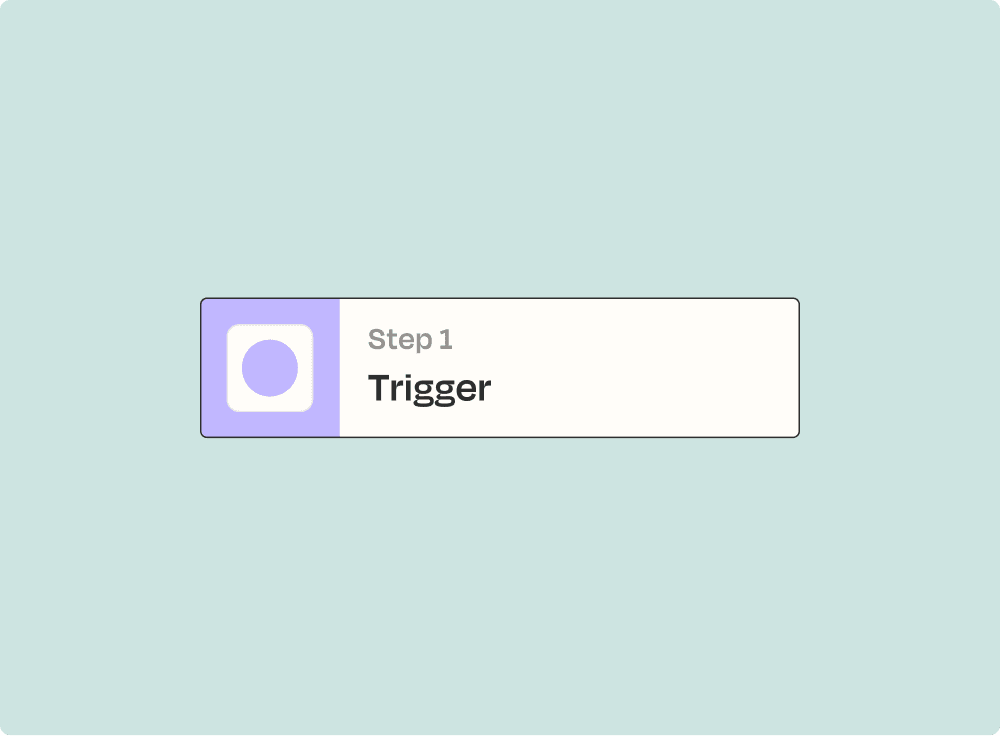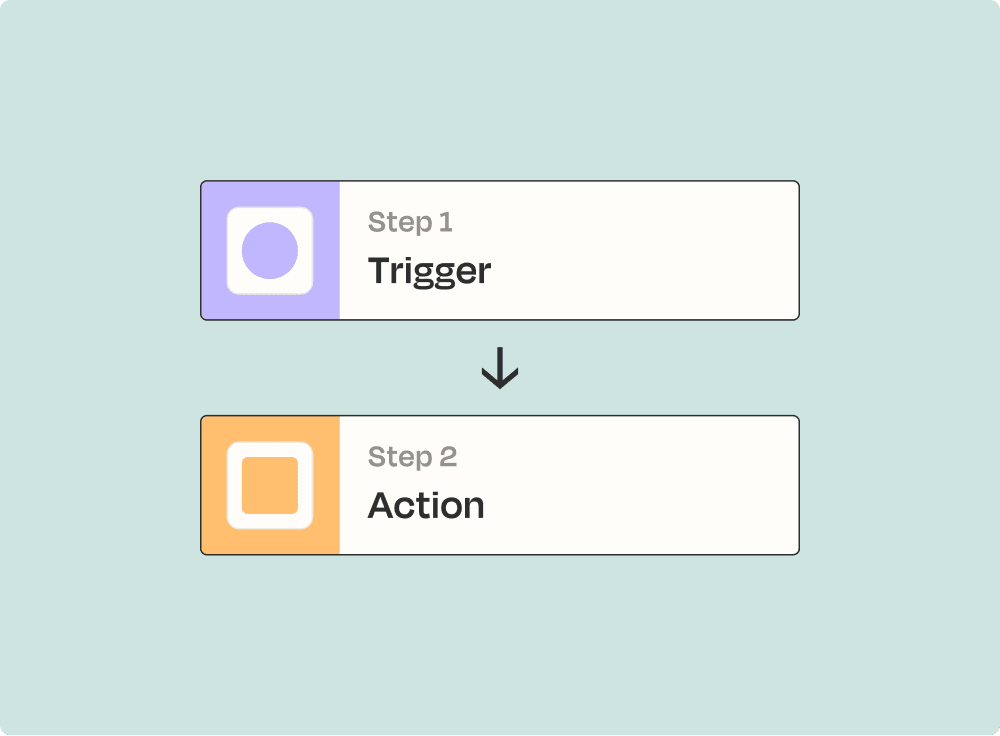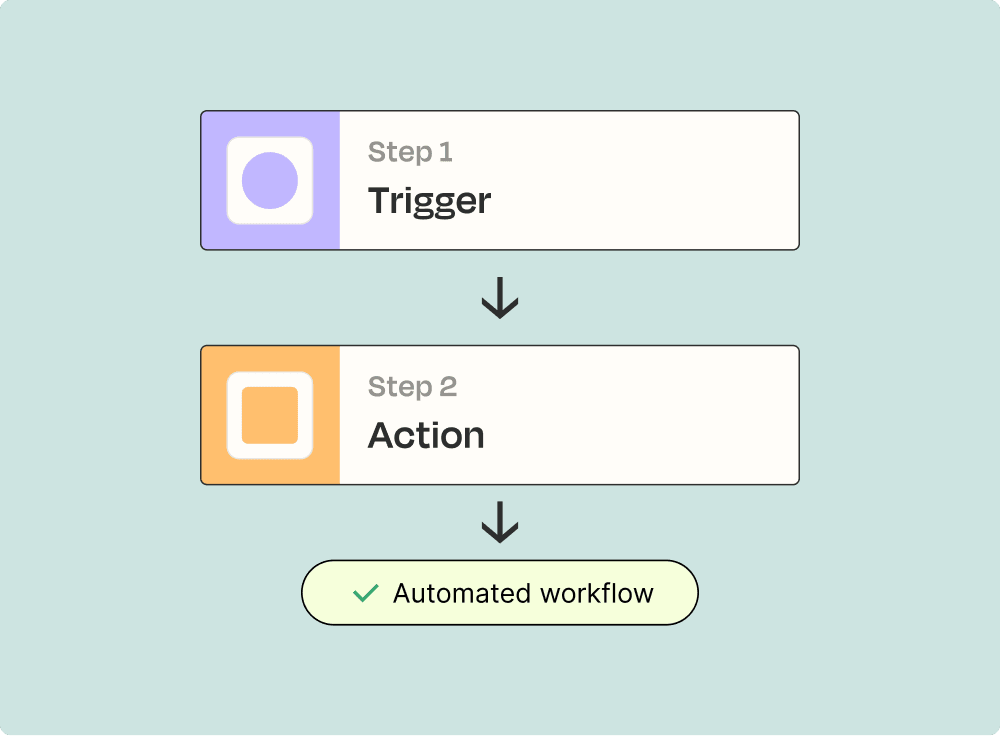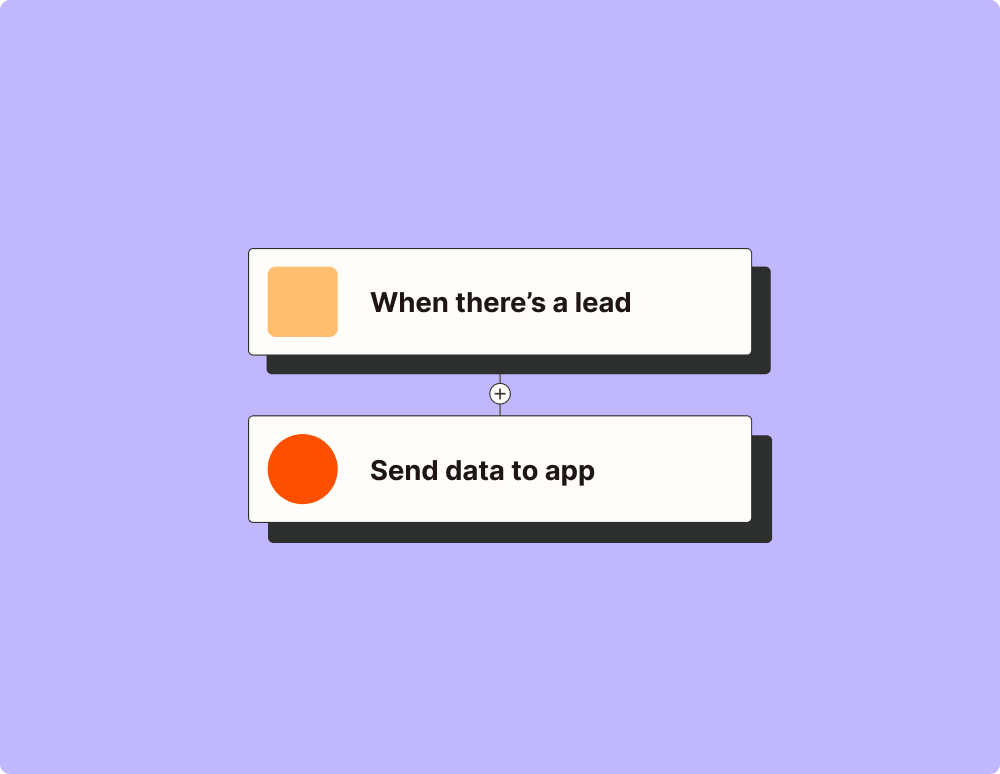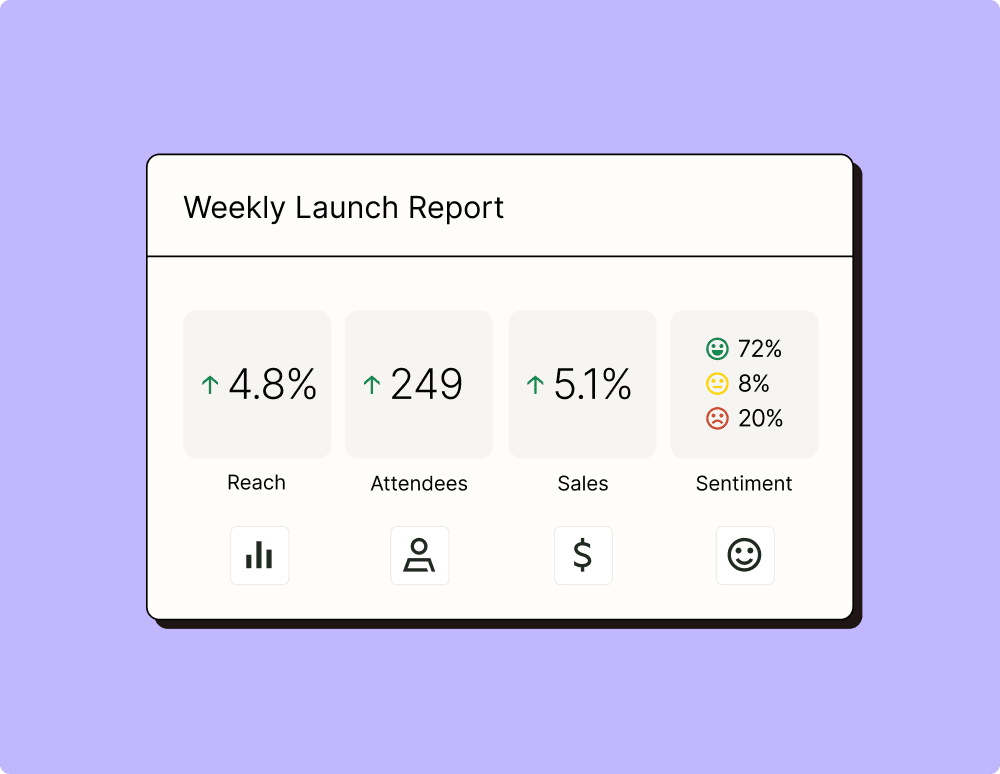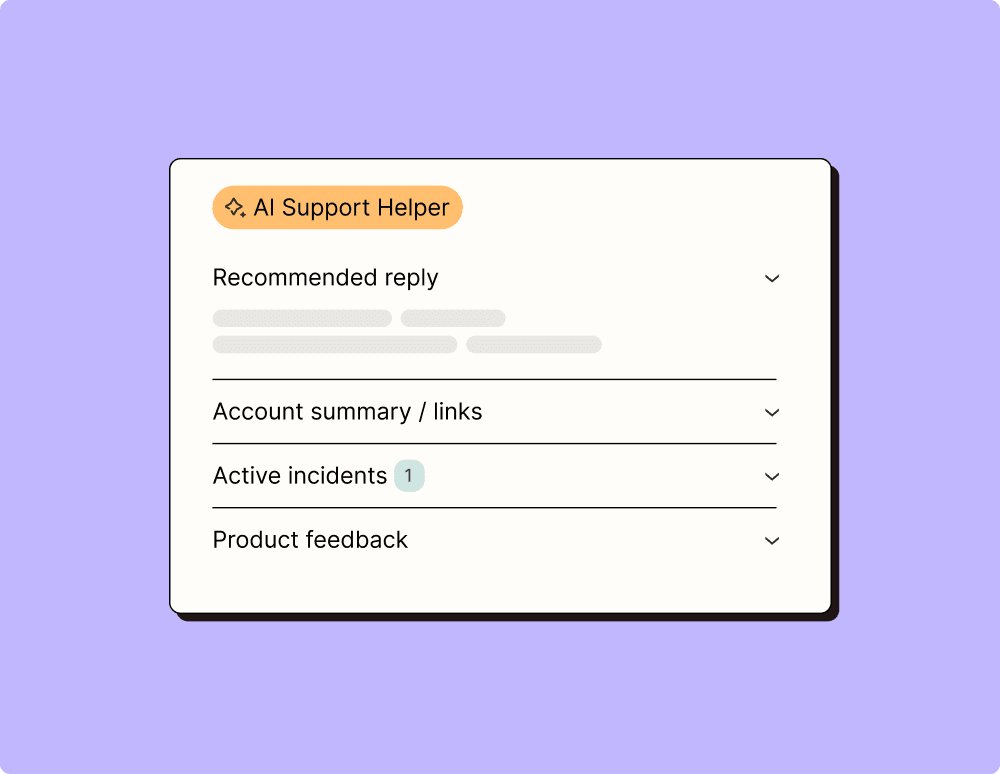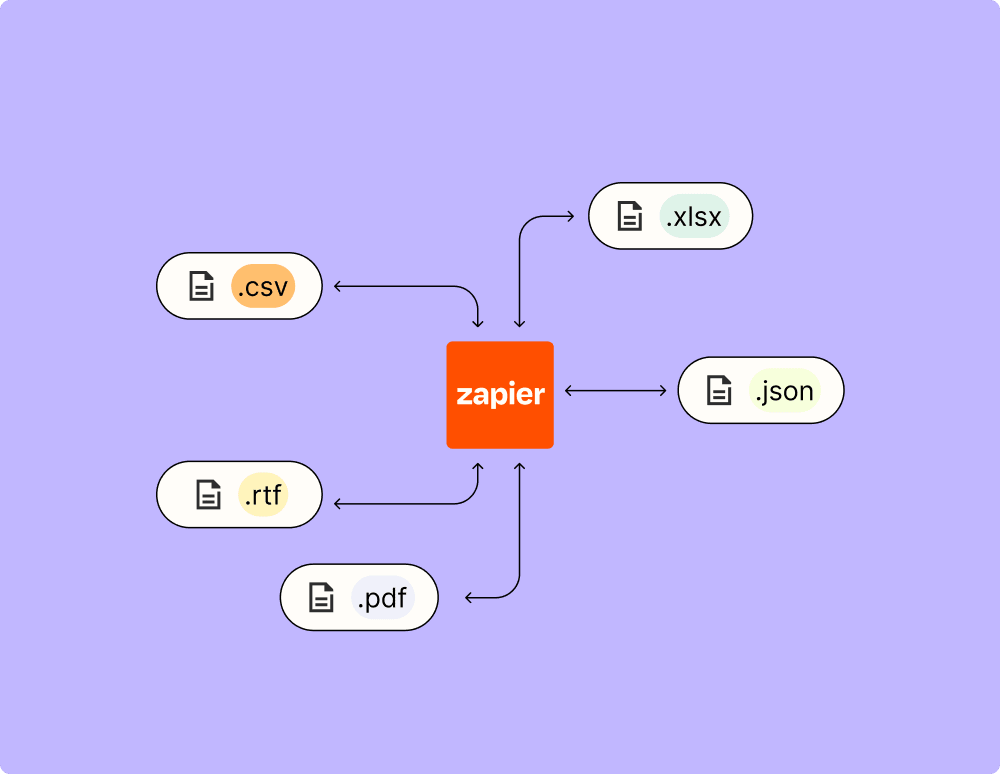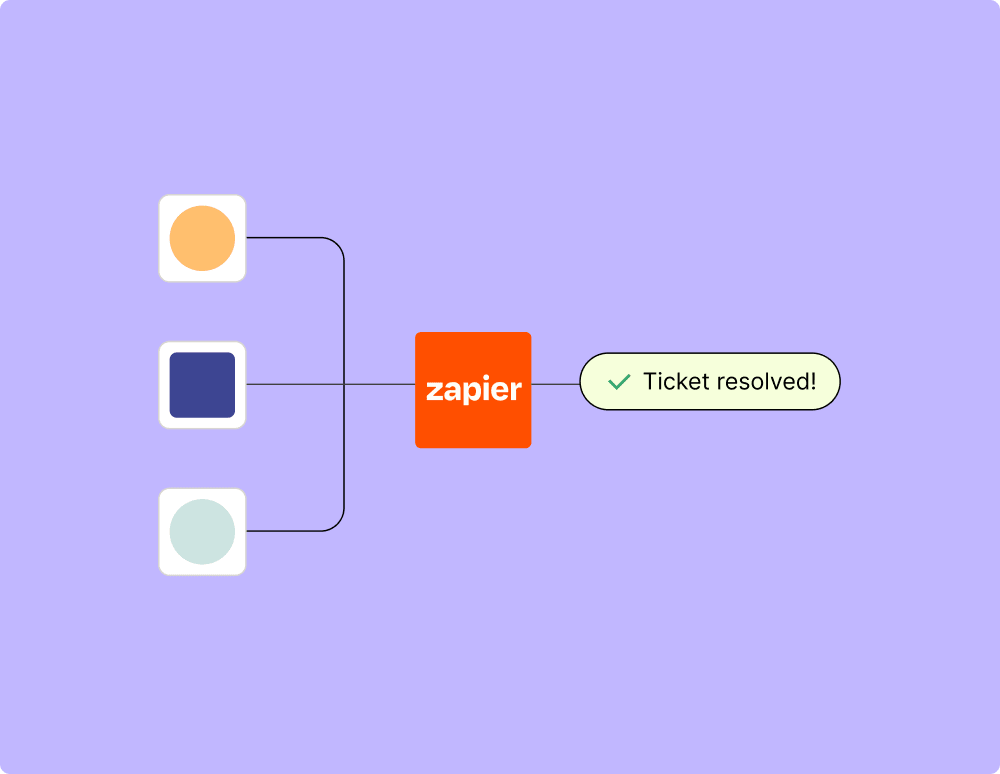Connect Asana and Webhooks by Zapier to unlock the power of automation
- No credit card required
- Free forever for core features
- 14-day trial for premium features and apps
Set up your first integration
Quickly connect Asana to Webhooks by Zapier with a Zapier template.
Our most popular template

How Zapier works
Zapier makes it easy to integrate Asana with Webhooks by Zapier - no code necessary. See how you can get setup in minutes.
Zapier is the automation platform of choice for 87% of Forbes Cloud 100 companies in 2023
93%
Customers who say using Zapier has made them better at their job
25m
Customers have created over 25 million Zaps on the platform
6 mins
The average user takes less than 6 minutes to set up a Zap
Frequently Asked Questions about Asana + Webhooks by Zapier integrations
New to automation with Zapier? You're not alone. Here are some answers to common questions about how Zapier works with Asana and Webhooks by Zapier
What is the process of setting up an Asana integration with Webhooks by Zapier?
To set up the Asana integration with Webhooks by Zapier, you first need to create a new Zap. Choose Asana as your trigger app and select the specific Asana event that will initiate the process, such as 'Task Created' or 'Project Updated'. Then, choose 'Webhooks by Zapier' as your action app. Configure the webhook by entering the URL you want to send data to when the Asana trigger event occurs.
Can I use Webhooks by Zapier to receive updates in real-time from Asana?
Yes, our Webhooks by Zapier enables you to receive updates in real-time from Asana. Once integrated, when a specified trigger event happens in your Asana account – like task completion or new task creation – a webhook will send this data immediately to your designated endpoint URL.
What types of triggers and actions are available with the Asana and Webhooks by Zapier integration?
Triggers from Asana include events like 'New Task', 'Task Moved to Section', or 'Updated Project'. On the other hand, actions available through webhooks include sending custom payloads to a specified URL based on these triggers.
How do I handle authentication when using Webhooks with Asana?
When integrating Webhooks with Asana through our platform, authentication is handled within the Asana app connection setup phase. Ensure you are logged into your Asana account through Zapier for successful authorization before setting up any trigger-action pairs involving webhooks.
Are there limitations on the number of webhooks I can create between Asana and my app?
There are no strict limitations on how many webhooks you can set up between your Asana account and an external application via our platform. However, it’s essential to consider rate limits enforced by both services on API requests.
What should I do if my webhook doesn't seem to work after setting it up with Asana?
If your webhook isn't working correctly after setup, we recommend checking for common issues such as incorrect endpoint URLs or problems with authentication credentials. Additionally, review if permissions are correctly granted in both applications and ensure compliance with API rate limits.
Can I customize what information is sent via a webhook from an Asana task update?
'Webhooks by Zapier' allows customization of payload data sent when an event triggers in Asana. You can define specific fields such as task name, due date, assignee details, etc., that need to be included in your outgoing messages.
Supported triggers and actions
Zapier helps you create workflows that connect your apps to automate repetitive tasks. A trigger is an event that starts a workflow, and an action is an event a Zap performs.
